What is Peyronie’s disease?
A little history…
Around 1550 Falloppio, an Italian anatomist, described, for the first time, acquired deformities of the penis.
Around 1743, 200 years later, François Gigot de La Peyronie, Surgeon of King Louis XV, gave his name to this pathology that he described as “hard tumours of the corpora cavernosa resembling species of nodus or ganglions”. He states that “when this happens, the penis is not straight during erection; it is, to the contrary, full of bumps that curve and disfigure it”.
In 1947, Losley was the first to describe a tunica albuginea plaque ablation technique. It was not until 1966 that Nesbit described his technique of straightening the penis by plication of the tunica albuginea and, in 1973, Horton published the first graft excisions in Peyronie’s disease.
In the 1990s, the prevalence (frequency of occurrence) of Peyronie’s disease was estimated at 0.4% with an early onset around the age of 53. This little known disease, therefore, interested neither researchers nor doctors.
It was only 10 years later, around 2000-2005, that epidemiological studies have shown that the prevalence of this disease had been largely underestimated because it actually affects between 3.2 and 8.9% of the male population. The risk of onset of the disease increases with age since it is estimated at 7% after the age of 50. But Peyronie’s disease also affects young men, from the age of 25, and must be systematically looked for in the event of clinical signs.
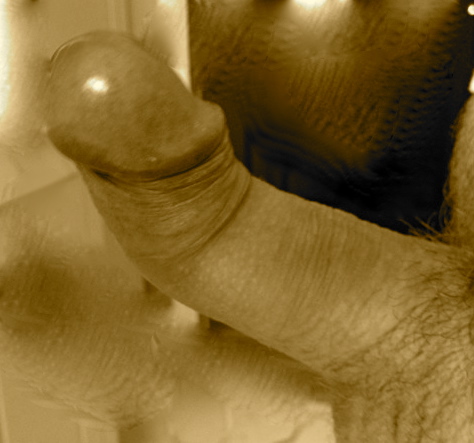 Lapeyronie : pénis courbé
Lapeyronie : pénis courbé Lapeyronie : pénis courbé
Lapeyronie : pénis courbé Lapeyronie : pénis courbé
Lapeyronie : pénis courbé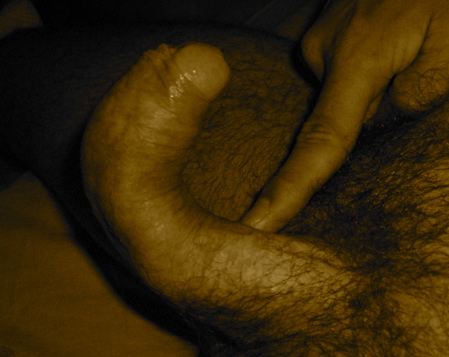 Lapeyronie : pénis courbé angle 90°
Lapeyronie : pénis courbé angle 90°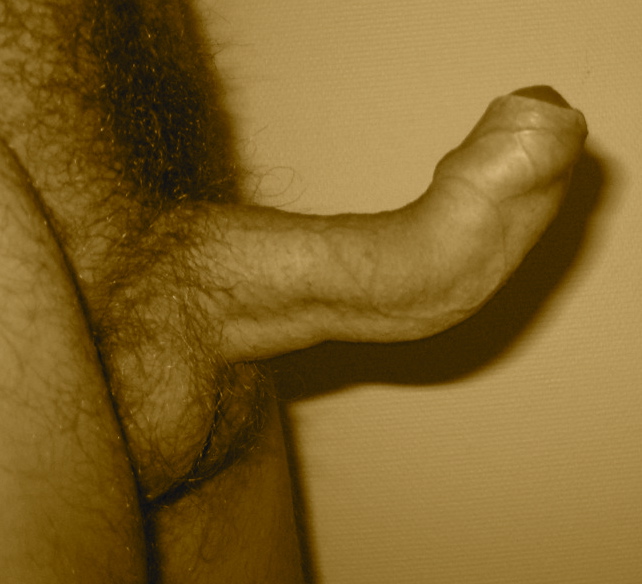 Lapeyronie : pénis courbé
Lapeyronie : pénis courbé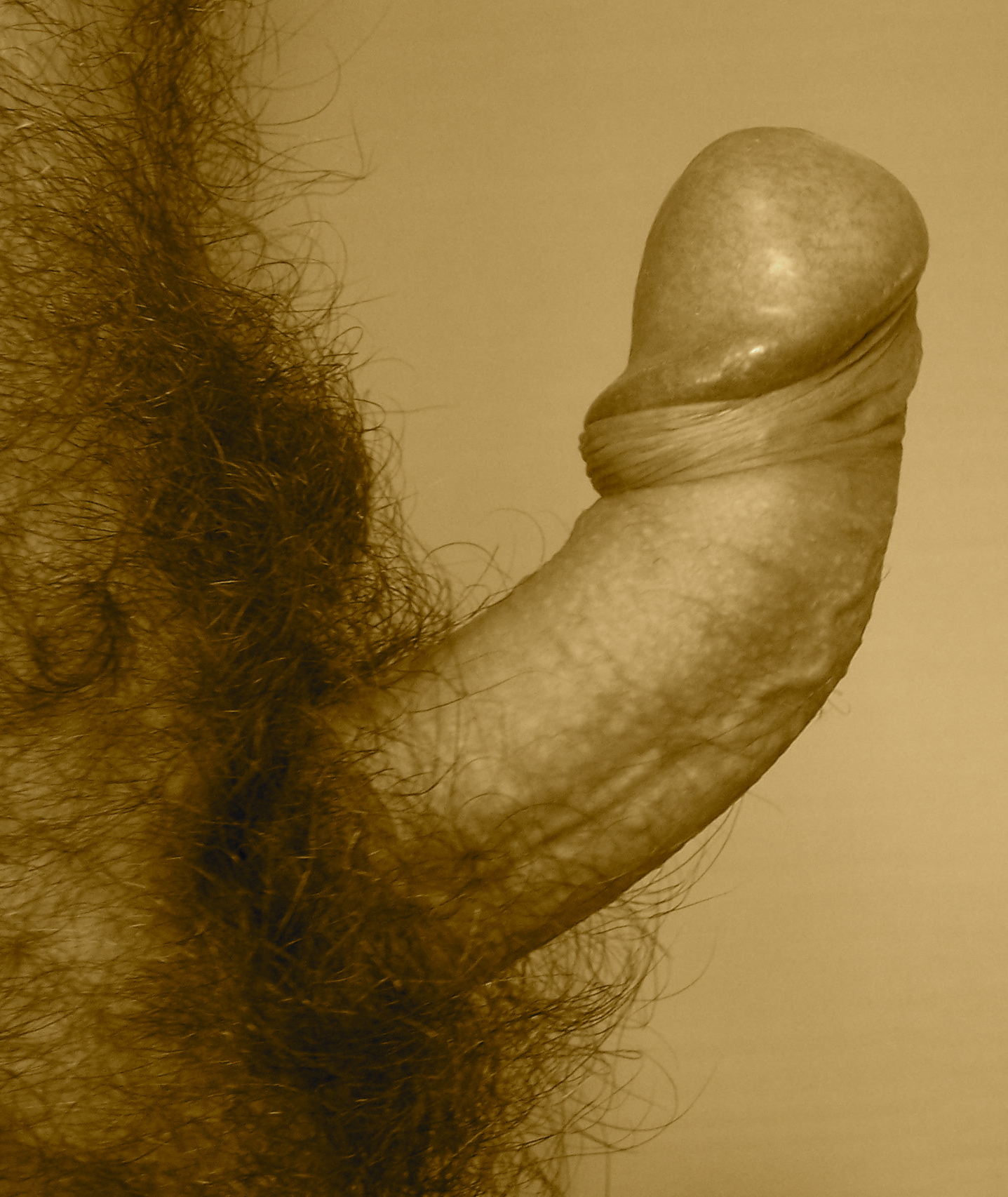 Lapeyronie : pénis courbé
Lapeyronie : pénis courbé Lapeyronie : pénis courbé dorsale et latérale
Lapeyronie : pénis courbé dorsale et latérale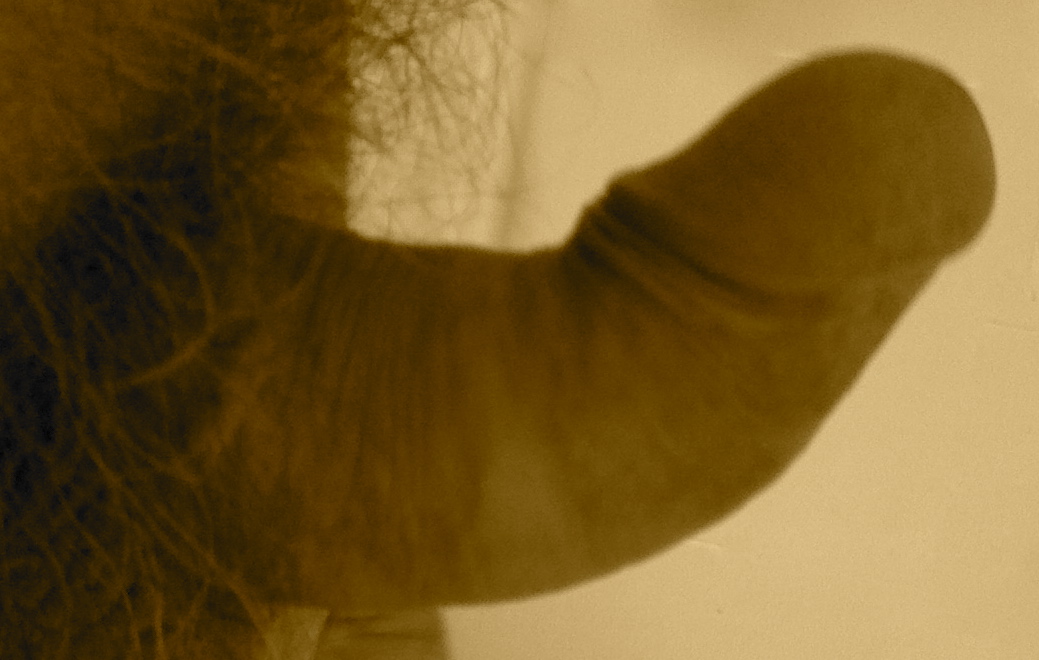 Lapeyronie : pénis courbé angle 60°
Lapeyronie : pénis courbé angle 60°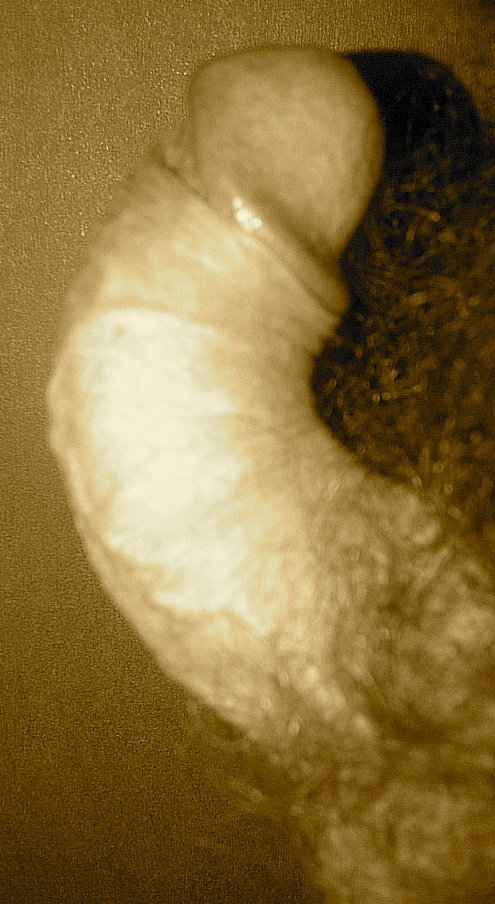 Lapeyronie : pénis courbé angle 80°
Lapeyronie : pénis courbé angle 80°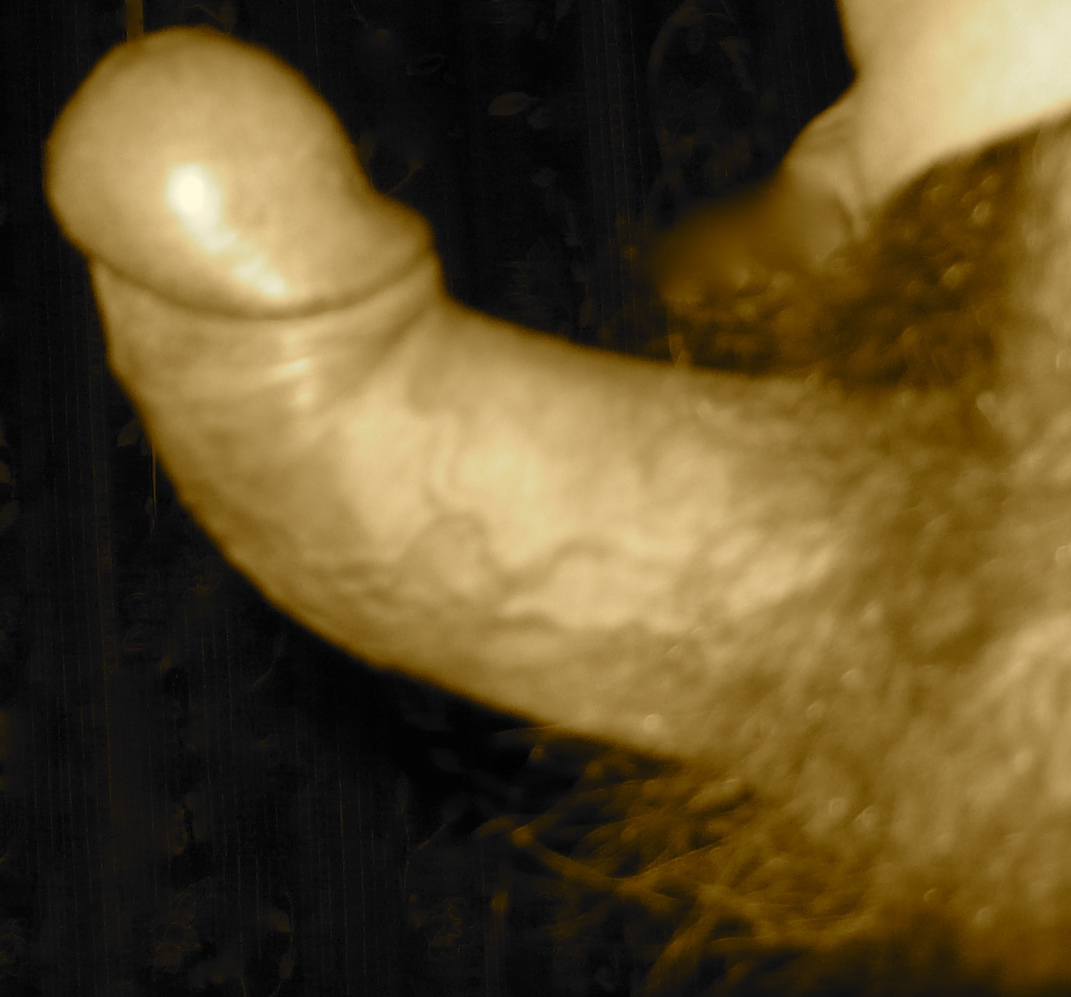 lapeyronie : penis courbé angle 60°
lapeyronie : penis courbé angle 60°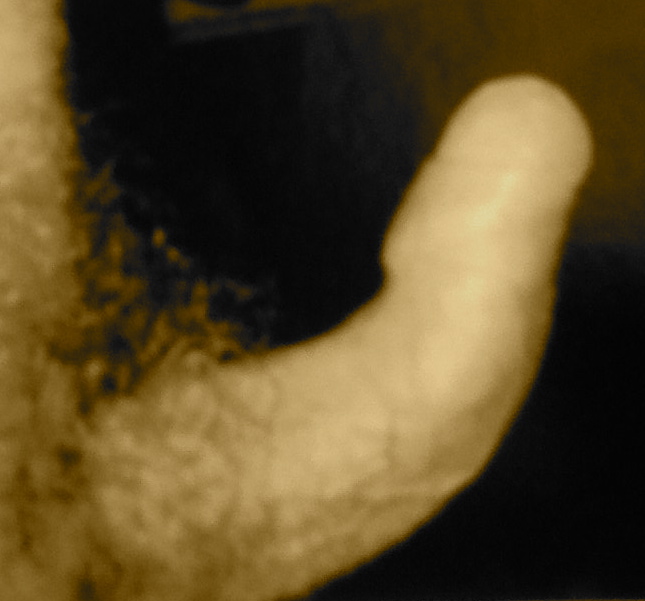 Lapeyronie : penis courbé angle 40°
Lapeyronie : penis courbé angle 40°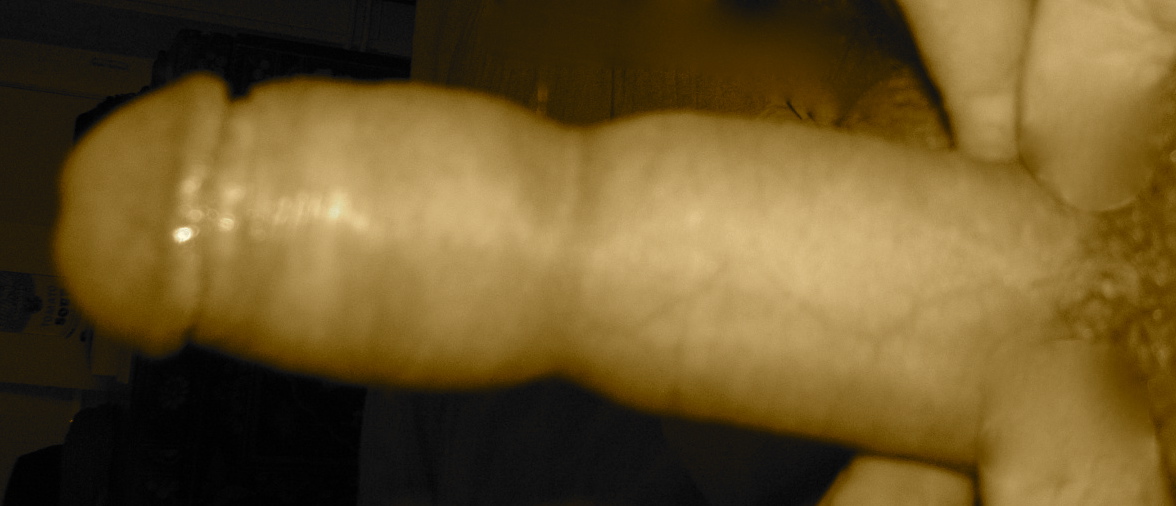 Lapeyronie : pénis courbé en sablier
Lapeyronie : pénis courbé en sablier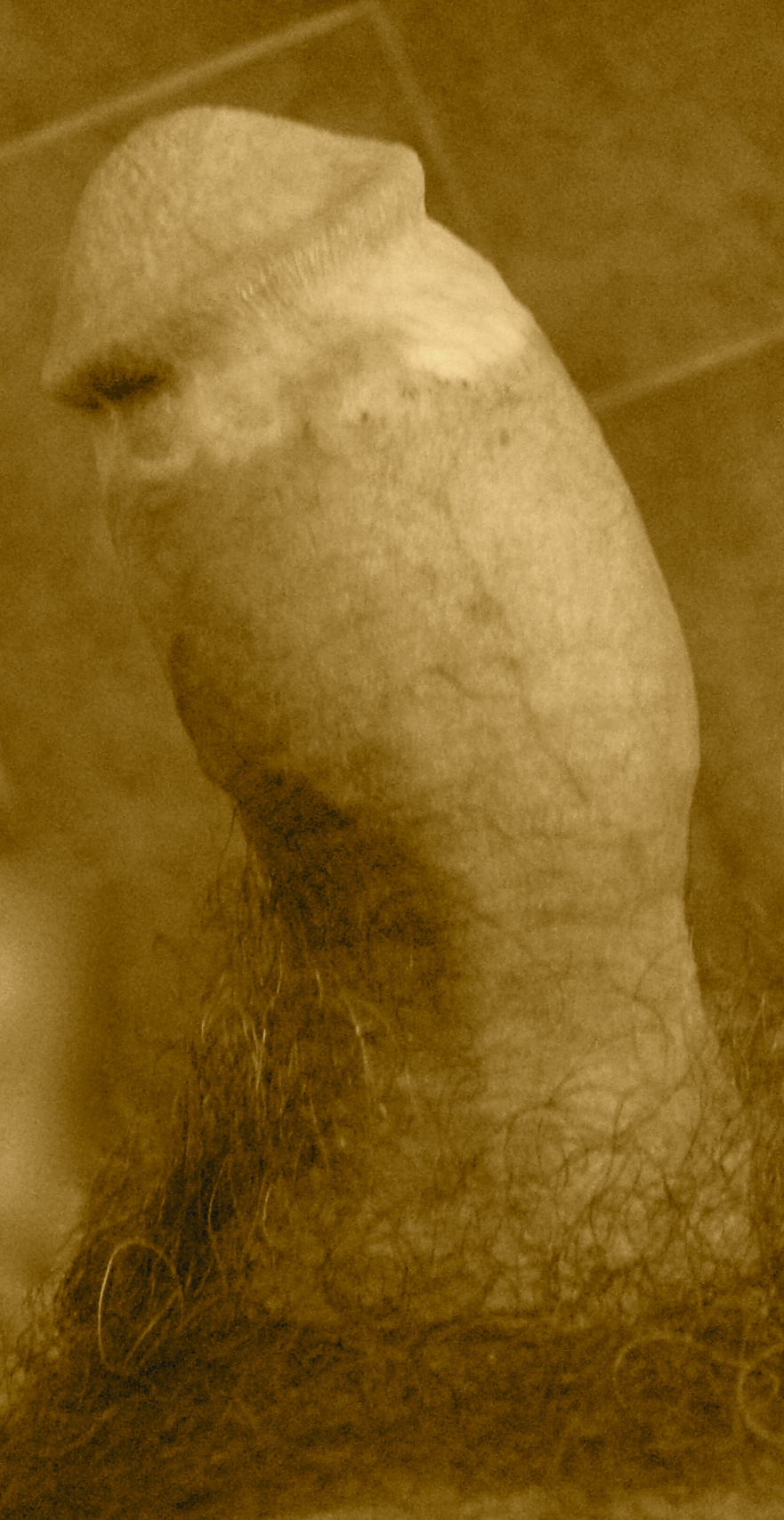 Lapeyronie : pénis courbé en sablier
Lapeyronie : pénis courbé en sablier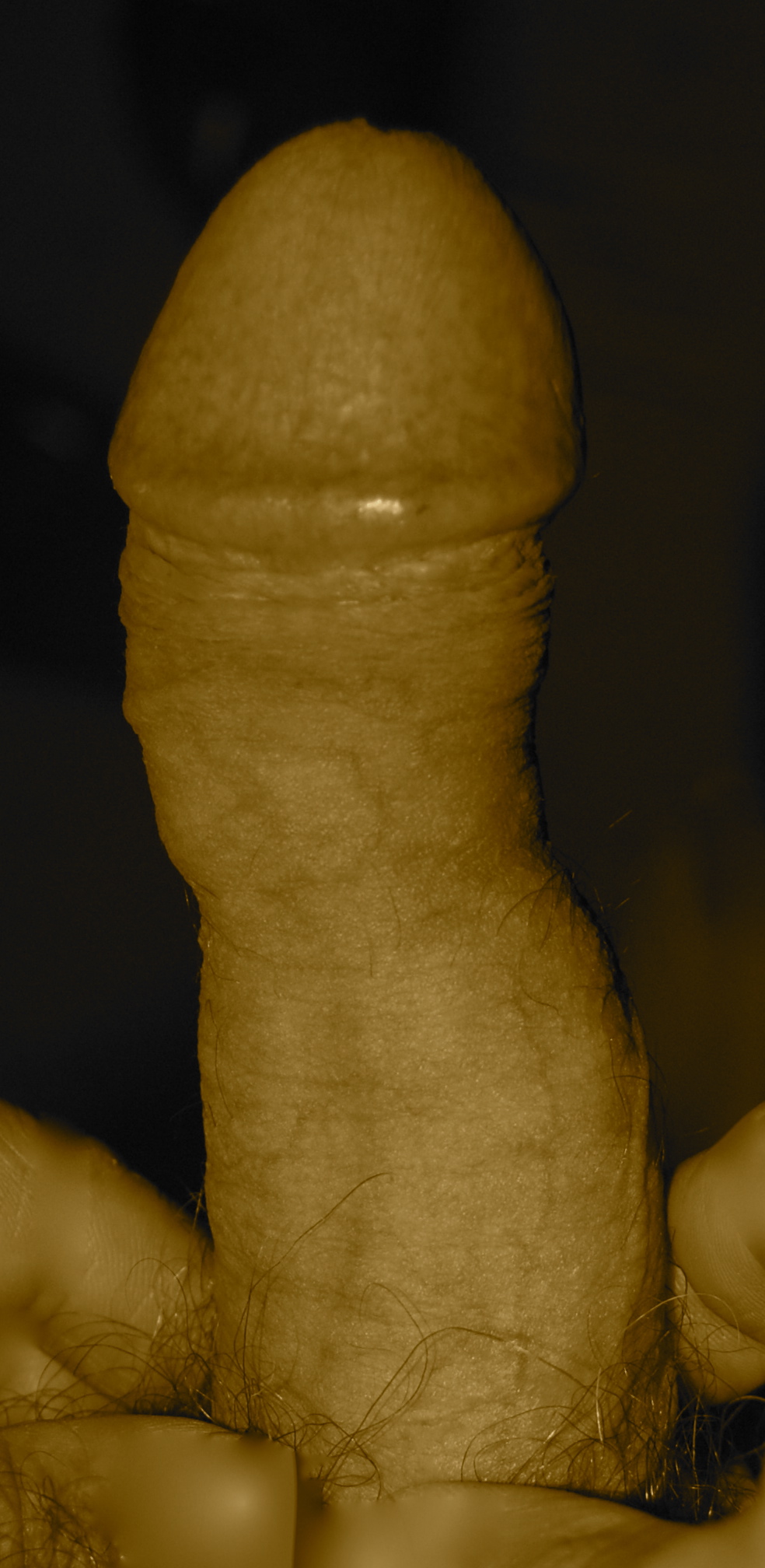 Lapeyronie : pénis courbé en sablier
Lapeyronie : pénis courbé en sablier Lapeyronie : pénis courbé vers le bas
Lapeyronie : pénis courbé vers le bas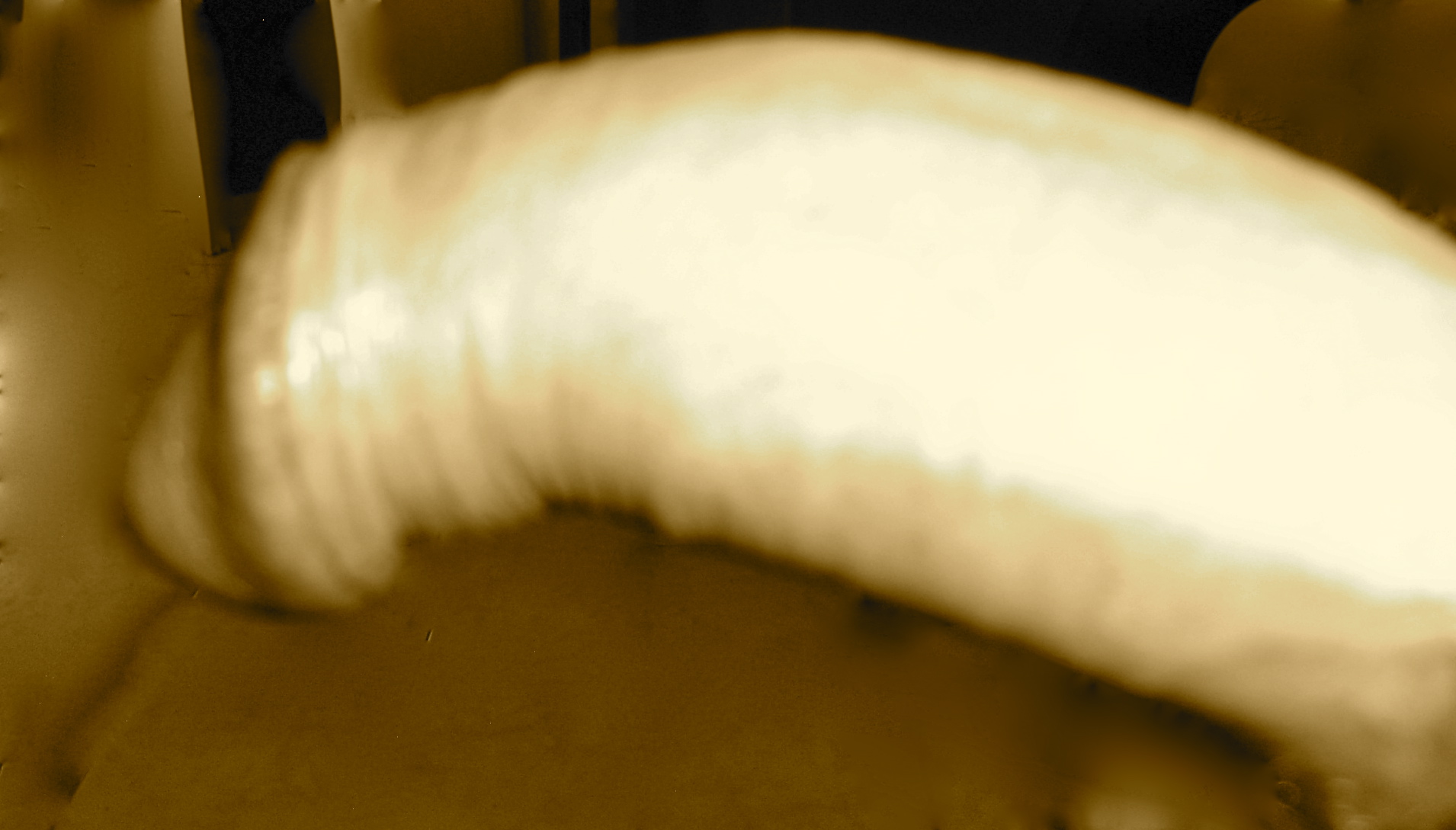 Lapeyronie : pénis courbé vers le bas
Lapeyronie : pénis courbé vers le bas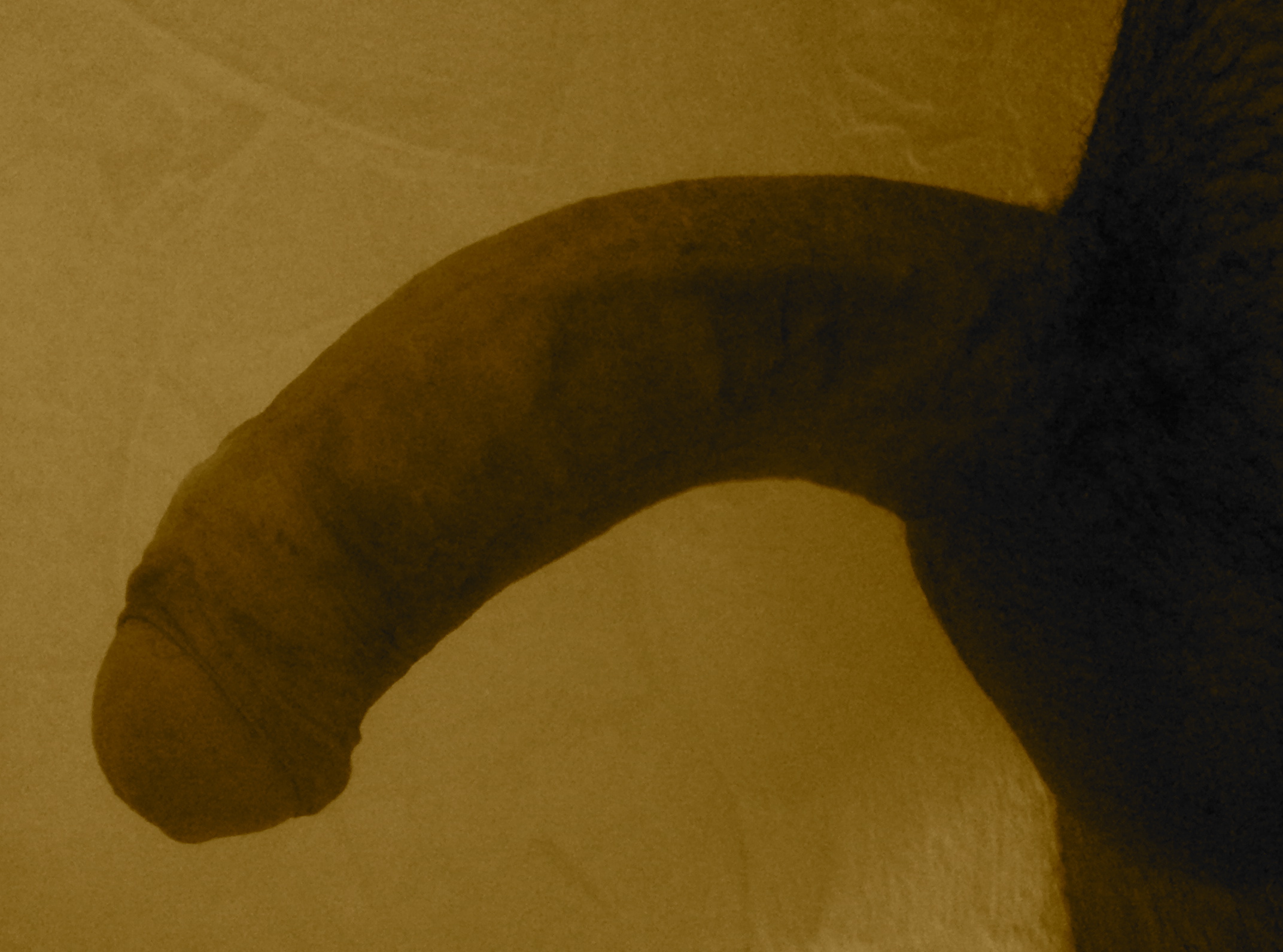 Lapeyronie : pénis courbé vers le bas
Lapeyronie : pénis courbé vers le bas

The disease progresses in two stages. The first is an acute inflammatory, often painful, stage characterised by the occurrence or absence of a nodule on the penis. The second is a chronic sequelae stage characterised by deformity of the penis when erect (see photos).
Today it is accepted that the main mechanism of the onset of Peyronie’s disease is linked to trauma of the penis or repetitive micro-trauma to the tunica albuginea, particularly during sexual intercourse. Peyronie’s disease is due to localised fibrosis of the tunica albuginea secondary to an autoimmune response of the body.




















